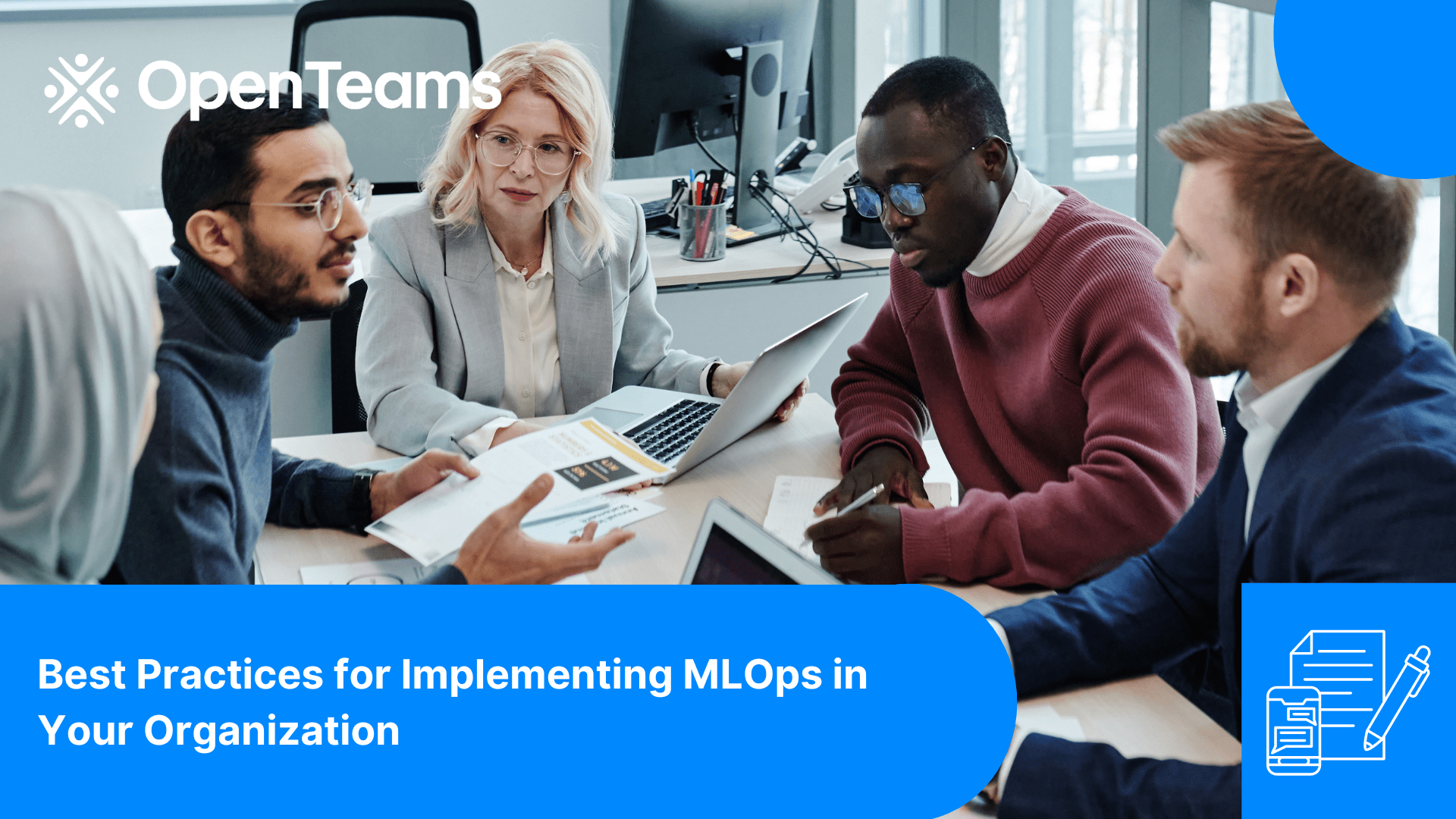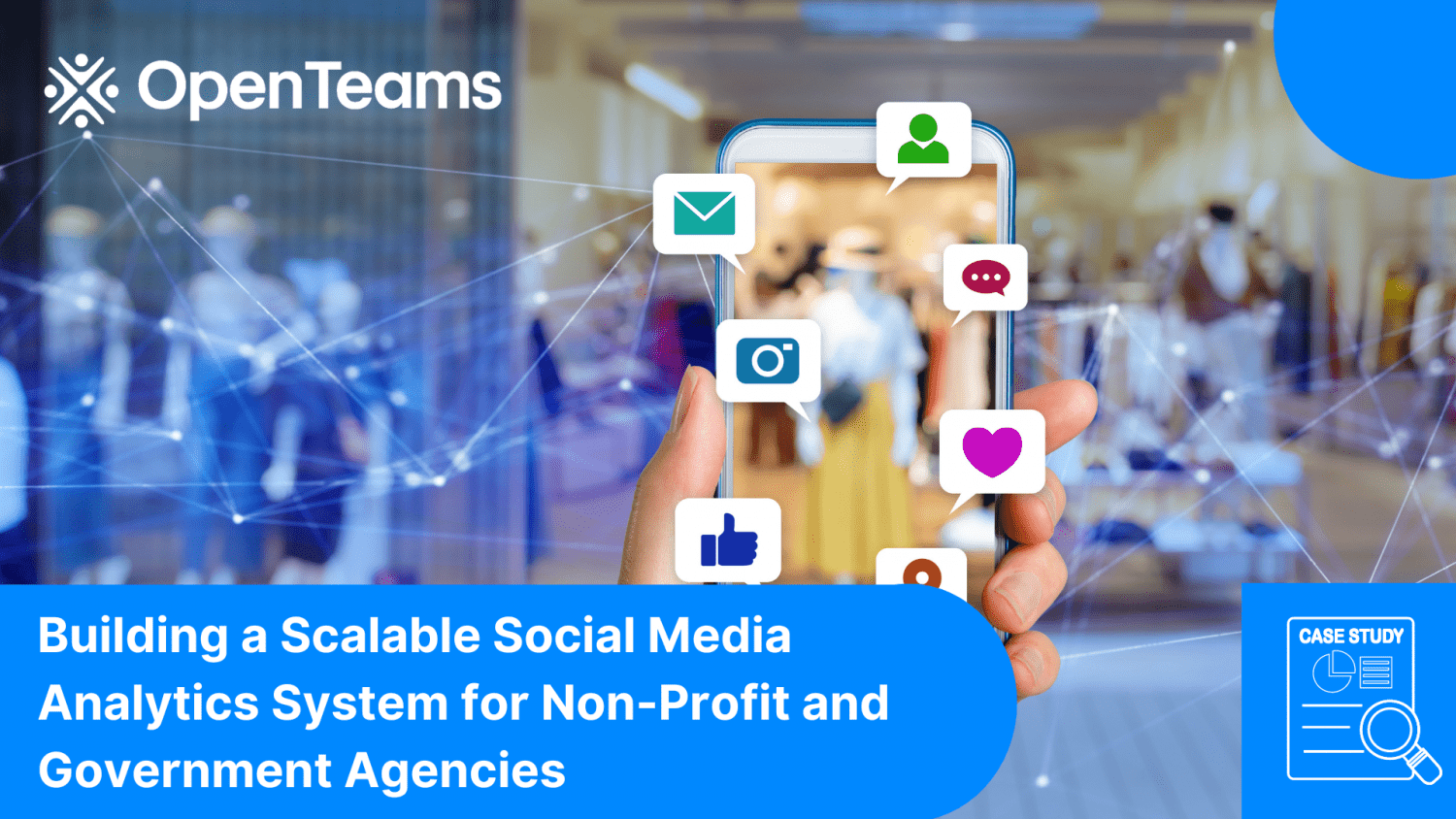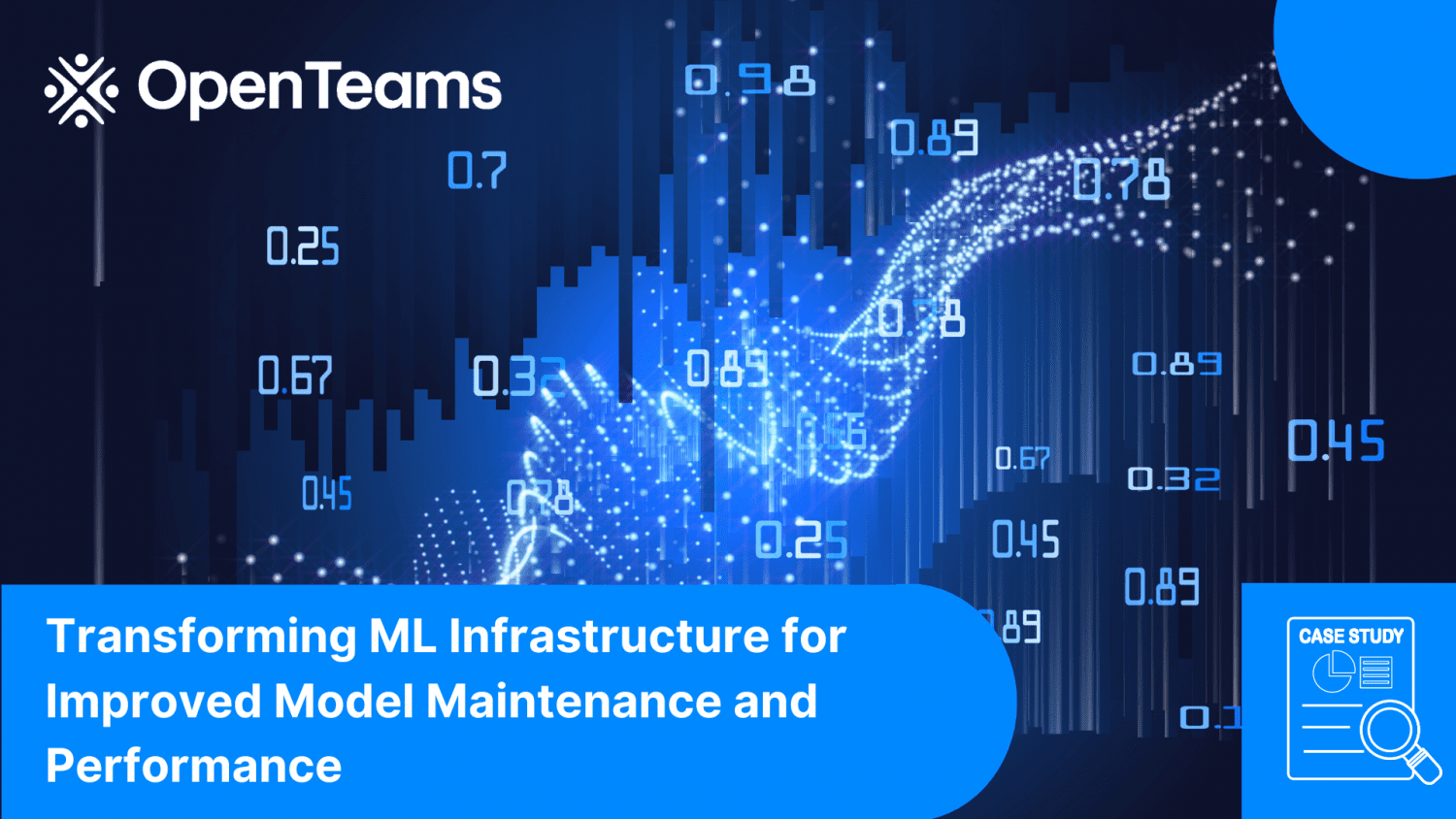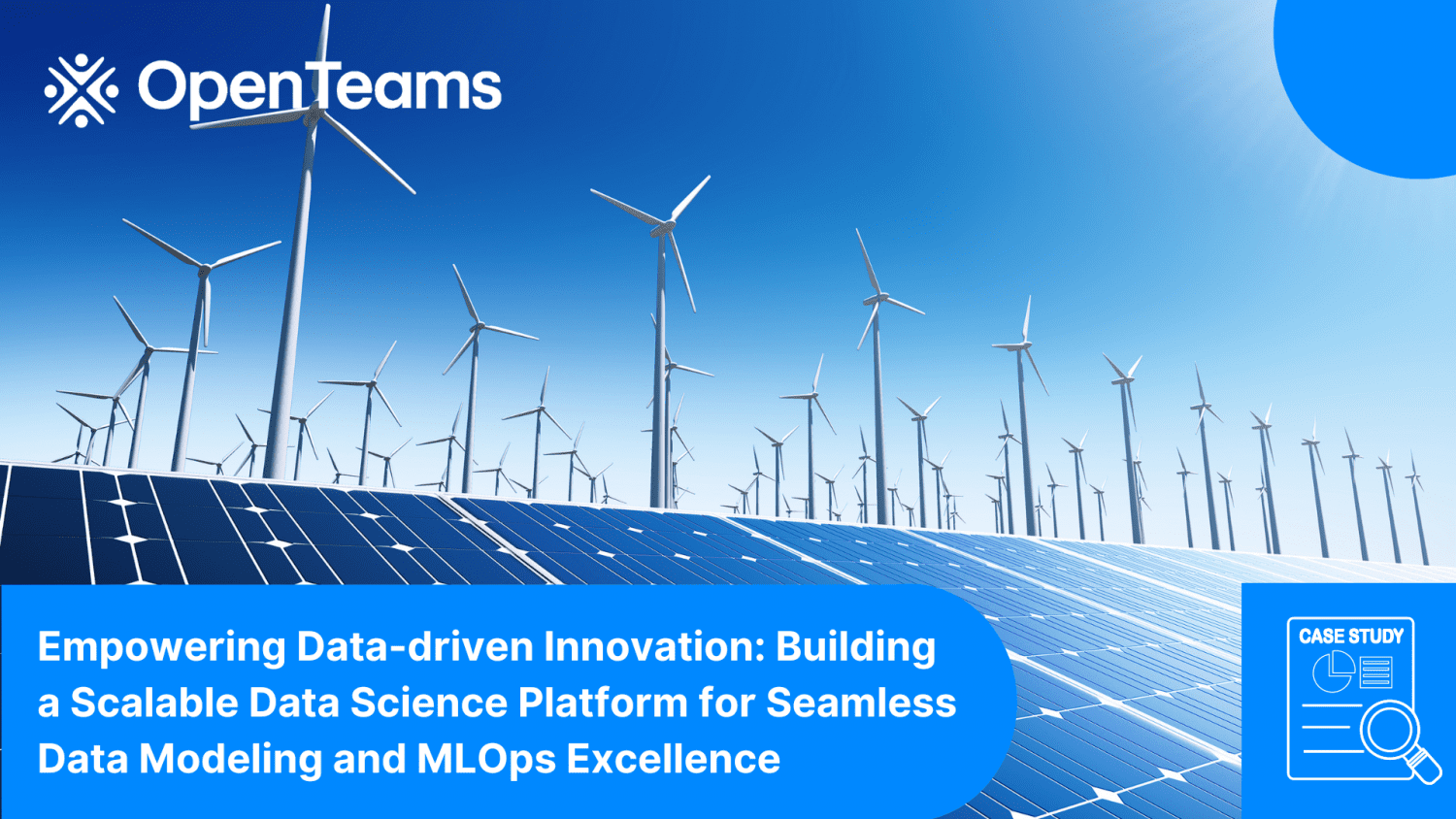
- Establish a Culture of Collaboration
One of the key pillars of successful MLOps implementation is fostering a culture of collaboration among data scientists, machine learning engineers, software developers, and operations teams. Encourage cross-functional collaboration by organizing regular meetings, establishing shared goals, and promoting knowledge sharing. By breaking down silos and promoting collaboration, you can improve the overall efficiency and effectiveness of your MLOps processes.
- Version Control for ML Models and Data
Version control is a fundamental practice in software development, and it is equally important in ML model development. Implement a robust version control system to track changes in your ML models, code, and data. Version control enables reproducibility, facilitates collaboration, and helps in identifying and resolving issues quickly. Git, a popular version control system, can be effectively leveraged for tracking ML models and associated artifacts.
- Automated Testing and Continuous Integration
Implementing automated testing and continuous integration (CI) practices are critical for maintaining the quality and reliability of ML models. Establish a comprehensive testing framework that includes unit tests, integration tests, and performance tests for your ML models. Integrate these tests into your CI pipeline to automatically run them whenever changes are made to the codebase. Automated testing ensures that new updates and features do not introduce regressions or degrade model performance.
- Infrastructure as Code
Treat your ML infrastructure as code by leveraging tools like Terraform or Kubernetes. Infrastructure as Code (IaC) allows you to define your infrastructure requirements in code, enabling reproducibility, scalability, and easier deployment. With IaC, you can version control your infrastructure configurations, automate provisioning and deployment, and ensure consistency across environments.
- Model Monitoring and Alerting
Monitoring ML models in production is crucial for identifying and addressing issues promptly. Implement a comprehensive monitoring and alerting system to track the performance, accuracy, and behavior of your deployed models. Monitor key metrics such as prediction latency, error rates, and data drift. Set up alerts to notify the appropriate teams when anomalies or performance degradation is detected. Monitoring helps ensure that your ML models continue to perform optimally in real-world scenarios.
- Continuous Deployment and Delivery
Adopting continuous deployment and delivery (CD/CD) practices for ML models can significantly accelerate the deployment process while maintaining a high level of quality. Automate the deployment pipeline to enable seamless integration of model updates into production systems. Embrace techniques like canary releases or A/B testing to safely roll out new model versions and collect feedback before full deployment. CD/CD practices enable faster iteration cycles, rapid response to changing requirements, and efficient model deployment.
- Model Explainability and Interpretability
With the increasing adoption of ML models, the need for model explainability and interpretability is growing. Ensure that your models can provide insights into their decision-making process. Utilize techniques like feature importance analysis, SHAP values, or LIME to understand the factors driving model predictions. Explainable models not only enhance trust and transparency but also help identify potential biases or errors.
- Model Governance and Compliance
Maintaining proper model governance and compliance is crucial, especially in industries with regulatory requirements. Establish clear guidelines for model development, deployment, and maintenance. Implement processes to track model performance, document model behavior, and ensure compliance with relevant regulations. Regularly audit and validate your ML models to ensure they are aligned with legal and ethical standards.
- Continuous Learning and Iteration
Machine learning models thrive on data, and continuous learning is essential for their improvement. Collect feedback and data from the deployed models to identify areas for improvement. Leverage techniques like online learning or active learning to update and retrain models based on new data. Embrace a culture of continuous iteration and improvement to ensure your models stay relevant and accurate over time.
- Documentation and Knowledge Sharing
Documenting your MLOps processes, pipelines, and best practices is crucial for knowledge sharing and onboarding new team members. Maintain up-to-date documentation that outlines the steps involved in model development, training, deployment, and monitoring. Share lessons learned, code snippets, and tutorials within your organization to foster a learning environment and facilitate collaboration.
Conclusion
Implementing MLOps practices in your organization is a strategic imperative to ensure the efficient and effective management of ML models throughout their lifecycle. By establishing a culture of collaboration, leveraging version control, adopting automated testing and continuous integration, treating infrastructure as code, monitoring models, enabling continuous deployment and delivery, emphasizing model explainability and interpretability, ensuring model governance and compliance, embracing continuous learning and iteration, and promoting documentation and knowledge sharing, you can build a robust MLOps framework that maximizes the value of your ML models and drives business success.
About OpenTeams
OpenTeams is a premier provider of open source solutions for businesses worldwide. Our goal is to help organizations optimize their open source technologies through tailored support solutions that meet their unique needs. With over 680+ open source technologies supported, we provide unparalleled expertise and resources to help businesses achieve their goals. Our flexible support plans allow organizations to pay for only what they need, and our team of experienced Open Source Architects is available 24/7/365 to provide top-notch support and guidance. We are committed to fostering a community of innovation and collaboration, and our partner program offers additional opportunities for growth and success.
Related Articles
Computer Vision for Automatic Vehicle Damage Detection and Cost Estimation
Transforming ML Infrastructure for Improved Model Maintenance and Performance
Empowering Data-driven Innovation: Building a Scalable Data Science Platform for Seamless Data Modeling and MLOps Excellence
Unleashing Computational Speed: Enhancing Risk Models for Compliance in a Global Financial Powerhouse
Transforming Armed Forces Training: Reinforcement Learning for Enhanced Adaptability and Strategy Development
Unlock the power of open source for your business today
OpenTeams provides businesses with access to a team of experienced open source professionals who can help them unlock the power of open source technologies, delivering customized solutions tailored to their specific needs and goals. Get in touch with us today to learn how we can help you leverage open source to achieve your business objectives.






